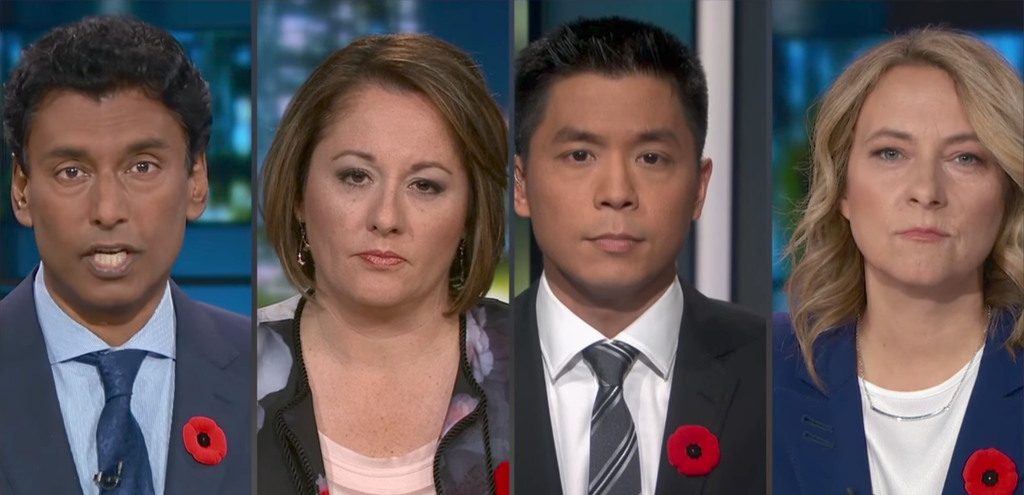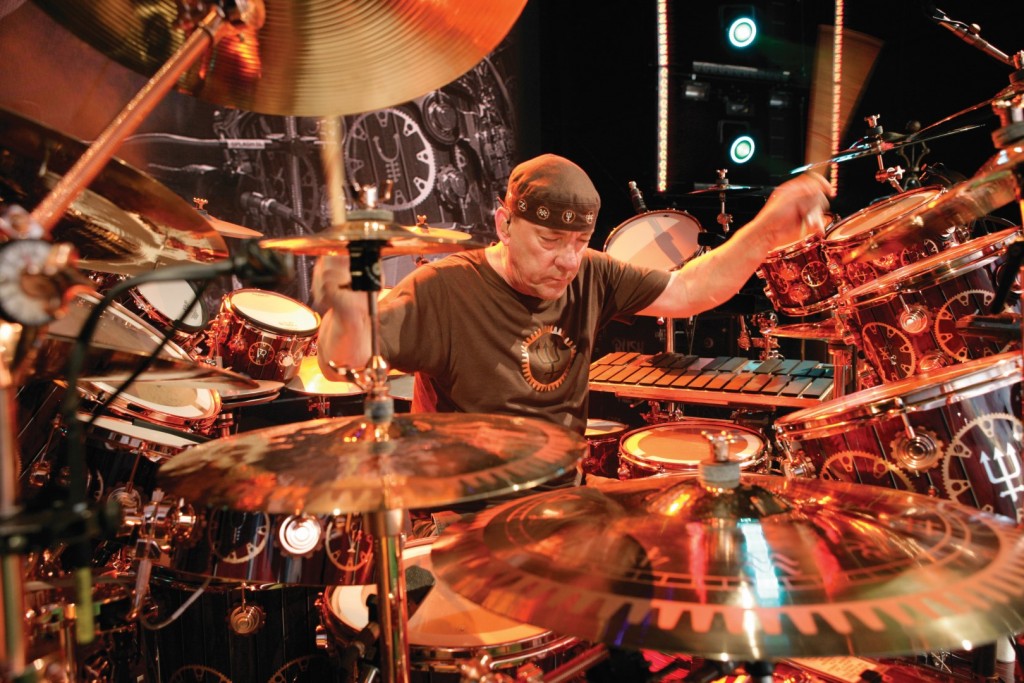
New version of ‘The National’ targets a younger generation
By Jerrison Oracion, Senior Columnist
After CBC announced Adrienne Arsenault, Ian Hanomansing, Andrew Chang, and Rosemary Barton as the next hosts of The National, a lot of people wondered if the show would now appeal to a younger demographic in the age of internet news. Earlier, I had written my predictions of the new version of the show. The revamped version of The National has been highly anticipated, and after a three-month wait, it began on November 6, 2017.
The program begins with the headlines of top stories instead of the hosts explaining the top stories. In the opening episode, the hosts talked about the changes in the show and Hanomansing said that, “One thing that isn’t new: The journalism that you expect. That will stay the same.”
The hosts appeared in three different cities: Arsenault and Hanomansing in Toronto, Barton in Ottawa, and Chang in Vancouver. The top story in the first episode was the breaking news of the police officer who was shot in Abbotsford, which Chang handled because Abbotsford is near Vancouver. Then Hanomansing did an in-depth analysis of the shooting that happened in Texas for 11 minutes. After that, Barton gave an update on the Paradise Papers, which the show talked about a lot the day before.
The second half of the show is still the same, concerning itself with special reports. In the first episode, Arsenault talked about ISIS.
The new version of The National is like cable news, Japanese news, and internet news all at the same time. The graphics look like what you might see in a video in a website. Also, instead of putting the graphics in the centre of the screen, they are placed on the sides of the screen. The show looks like this because you can watch it in more places including on YouTube, Facebook, and Twitter. The set looks like the sets of the Situation Room and Meet the Press.
The hosts assume that millennials are watching the show and they give background on stories by showing graphics—although in most of those stories in the first episode, I knew the facts already. During stories, the show displays a graphic that previews what they will show later. For example, during Hanomansing’s analysis of the shooting in Texas, we saw the words, “8 Minutes: Trudeau accused of hypocrisy after tax haven investigation,” at the top of the screen, which is very tabloid. Older viewers might be put off by the part in the show where they say that if you want to see the stories that The National was not able to show, subscribe to the show’s newsletter The National Today because they may not have e-mail.
The show is now live in all time zones, at least during the segment the National Tonight, which could have been called Happening Now. Chang explained to me on Twitter, “I’ll be live on the program over a five-hour period each day. (Five editions across the country).” In the first episode, Chang gave updates on Donald Trump’s visit to Seoul.
During transitions between stories, the hosts had conversations, making them look like they are best friends. While all of them were great at hosting, Barton is the only person who talked about politics, and I would have liked to hear the other hosts talk about that as well.
The new version of The National is great for a current generation and if it does well ratings-wise, the experiment of the new format seems to be working.
